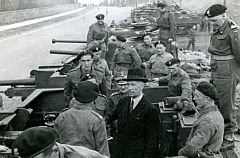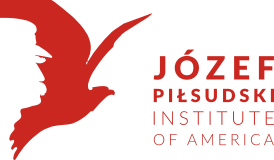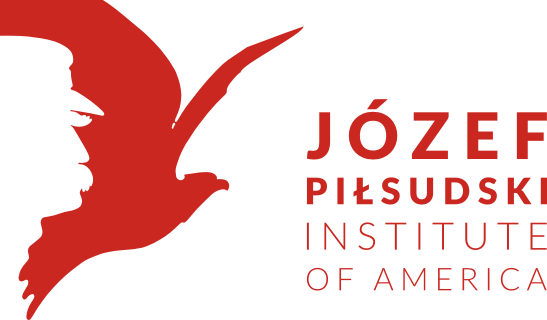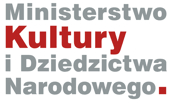 |
| Polish president Raczkiewicz in the 1st Armored Division, year 1943, |
This collection of photographs displays Polish Armed Forces in the West with a focus on the Polish Armed Forces in the United Kingdom (1940-1944), the formation of the Polish Army in the USSR (under the command of General Władysław Anders), and the life of soldiers of the Polish Independent Carpathian Rifle Brigade in Africa (1940-1942).
The formation of the Polish Armed Forces in the West took place at the outbreak of WWII when, on September 1, 1939, German troops crossed the Polish border. The Polish Army, alone in combat, could not effectively resist Germany's aggression in addition to the Soviet invasion on Eastern Polish territories on September 17, 1939. As a result, Poland was partitioned for the fourth time by Hitler and Stalin, and its government fled into exile to France and later on to Great Britain. At the same time, in the autumn of 1939, the formation of regular troops was ordered by the Polish authorities in exile. This was possible due to prior war agreements with France and Great Britain. Polish Armed Forces in the West were initially formed in France and Syria and later in Great Britain and Palestine. Land army units, the Polish Navy and Polish pilots were organized and sent to function under British forces, and participated in various Allied military operations, including the Battle of Britain, the Norwegian campaign in Narvik, the Siege of Tobruk, and D-Day in France.
In February of 1940, Soviets began the deportation of hundreds of thousands of Polish civilians to Siberia and other parts of the Soviet Union, where they were imprisoned or put to work in Gulags. Following the outbreak of the Soviet-German War in 1941 and the signing of the Sikorski-Mayski Agreement, Polish citizens were free to join the Polish Army in the USSR under the command of General Władysław Anders. In the Spring and Summer of 1942, after consultation with the Soviet authorities, approximately 78,000 Polish soldiers and about 35,000 civilians were evacuated to Iran. The civilians were then transported to refugee camps in Africa, New Zealand and Mexico, while the Polish soldiers remained in Iraq where they were fed and trained. On September 12, 1942, the Polish Armed Forces in the Middle East were established from the merging of the Polish Army in the Middle East and the Polish Armed Forces in the USSR. In 1943 the Polish Army in the East, renamed the Polish II Corps, participated in the liberation of Italy and the Battle of Monte Cassino. As the war continued, the now 200,000-strong Polish Army in the West fought faithfully for Poland’s legacy and freedom until 1945, when WWII ended.
Content of the collection
The photograph collection consists of photographs of Polish Armed Forces in the West which consisted of Polish Armed Forces-organized military formations, established in the autumn of 1939 outside of Poland, on the basis of inter-allied agreements signed with France and the United Kingdom. The Polish Armed Forces were commanded by the Commander-in-Chief General Władysław Sikorski and later on General Kazimierz Sosnkowski.
This collection includes three major groups of photographs associated with three military formations: Polish Armed Forces in the United Kingdom (1940-1944), the formation of Anders’ Army in the East, and the life of soldiers of the Polish Independent Carpathian Rifle Brigade in Africa (1940-1942).
The largest group of photographs contains images of Polish soldiers in the United Kingdom, including Polish ground troops in southern Scotland during military drills, parades, or simply during their off-duty time; Polish airmen who formed Polish fighter and bomber squadrons as part of the Royal Air Force; and the Polish Fighting Team, also known as “Skalski’s Circus,” fighting during the North African Campaign in 1943. The collection also includes photographs of the members of the Polish Women’s Auxiliary Service and members of the military medical services.
A small portion of the images presents sailors and warships of the Polish Navy in British ports and in the seas. Numerous images of officials of the Polish military and government-in-exile can be found throughout this part of the collection. Photographs of the commander-in-chief of the Polish Forces, Władysław Sikorski, and the president-in-exile, Władysław Raczkiewicz, are well-represented.
A striking contrast to the Polish Forces in the West is presented in the photographs of Anders’ Army, which recruited Polish prisoners-of-war held in the Soviet NKVD camps. The majority of the photographs were taken during the period of the Army’s formation in the Buzuluk area of the Soviet Union. The lack of support and supplies can be seen clearly in these photographs A significant number of images show orphaned Polish children who sought refuge in the Army.
Finally, the last and the smallest group of photographs in the collection shows the Polish Independent Carpathian Rifle Brigade. The images follow the Brigade from its garrison duties in Egypt to its operations against the Axis powers in Battle of Gazala in Libya. The Polish Independent Carpathian Rifle Brigade took part in battles in Syria, Palestine and Egypt, and became famous for the defense of Tobruk.
Acknowledgements
The digitization of the collection “Photographs of Polish Soldiers and Civilians During WWII (1939-1945)” was made possible thanks to the 2017 grant from the Metropolitan New York Library Council. The work of scanning and providing metadata was done by Weronika Patycka, the Pilsudski Institute intern. Tomasz Kalata, librarian and the Pilsudski Institute Board member worked on the review and verification of the metadata, subject headings and supervised the work of Weronika. In house support was given by dr Iwona Korga and dr Marek Zielinski and Karolina Obrycki in areas of historical and technical / logistical and office support for of the project.
The digitization equipment was funded/provided by the Polish and Slavic Federal Credit Union and the Institute of National Remembrance.
The “Photographs of Polish Soldiers and Civilians During WWII (1939-1945)” is part of the Institute fonds 151, “Photography Collection”, Series 5, Word War II.









